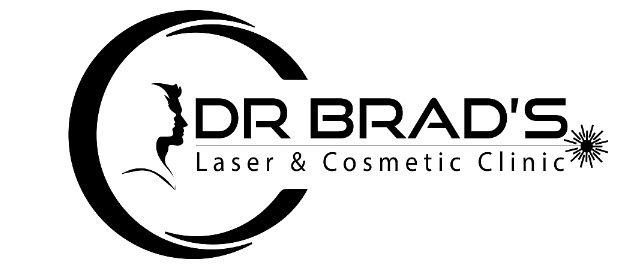Understanding ear health is vital, especially when it comes to managing **ear wax** and its interaction with **water**. Commonly, a lot of misconceptions exist about both of these substances, and understanding their differences can help you make informed decisions about your ear care.
**The Role of Ear Wax**
**Ear wax**, or cerumen, is produced by glands in the outer ear canal. Its primary function is to protect the ear from dust, debris, and microorganisms. In addition to providing a barrier against foreign objects, ear wax also has lubricating properties which prevent the skin inside the ear from becoming dry and itchy. When functioning correctly, ear wax naturally migrates out of the ear canal, carrying dirt and dead skin cells with it.
Many people are concerned when they see excess ear wax or experience a blockage. However, it’s essential to remember that ear wax is a natural bodily secretion. It becomes problematic only when it accumulates to a point that it causes discomfort or impairs hearing.
**Water's Influence on Ear Wax**
When it comes to **water**, it plays a different role in ear health. While it is essential for overall hygiene and can be used for cleaning, it can complicate the situation when mixed with ear wax. Excessive exposure to water, especially in the form of swimming or showering, can soften and displace ear wax. This can lead to a feeling of fullness or even temporary hearing loss as the soft wax may expand or get lodged further into the ear canal.
For instance, a common scenario involves a keen swimmer who notices diminishing hearing after regular swimming sessions. The added moisture can cause the ear wax to thicken or shift position, making it more difficult for the body’s natural process to clear it away. In such instances, professionals like Dr Brad can provide targeted assistance to effectively manage the situation.
**The Differences Between Ear Wax and Water**
1. **Composition**: The most significant difference between ear wax and water lies in their composition. Ear wax is a complex mixture of secretions from glands, dead skin cells, and environmental debris. Water, on the other hand, is a clear, colourless, odourless liquid without the additional components that ear wax possesses.
2. **Functionality**: While ear wax serves a protective and lubricative role, water does not serve any specific purpose relating to ear health other than that of cleaning. In fact, excessive water exposure can compromise the protective mechanism of ear wax.
3. **Response to Treatment**: When it comes to treatment, ear wax tends to require a more deliberate approach, especially if it causes a blockage. Dr Brad’s preferred removal method is microsuction, a gentle and effective technique that safely removes ear wax without pushing it further into the ear canal. This stands in contrast to traditional methods which often involve water irrigation, which can sometimes worsen the problem instead of helping it.
**Seeking Help for Ear Wax Issues**
If you’re experiencing discomfort due to ear wax, you might wonder about the best way to manage it. Many individuals have turned to home remedies or over-the-counter products, but these solutions can sometimes introduce more problems than they solve.
One patient recalled their struggle with ear wax buildup after trying to help themselves with cotton swabs. “I thought I was cleaning my ears, but instead, I was just pushing the wax deeper! It was an uncomfortable situation until I finally visited Dr Brad for his expertise.”
Dr Brad’s microsuction technique is not just about rapid relief; it’s about ensuring that the ears remain healthy and free from unnecessary complications. With years of experience and special training from ENT surgeons, you can trust that you're in capable hands.
If you’re near Bristol or the surrounding areas, assistance is just a click away. Consider a visit for **wax clearance in Bristol** to see the difference it can make!
**Misconceptions About Ear Candle Treatments**
There are several myths around ear treatments worth dispelling. One of the most commonly marketed solutions is ear candling, which many tout as a natural way to remove ear wax. However, this method is generally discouraged by medical professionals. It doesn’t effectively remove wax and has the potential to cause burns and further complications in the ear. Dr Brad never recommends candling as a reliable solution.
In the pursuit of optimal ear health, it is essential to gather accurate information. Water, while helpful for general hygiene, must be approached with caution when it comes to ear care. And ear wax, while it may sometimes seem like a nuisance, serves critical protective functions.
Taking care of your ears ensures they continue to serve you well. If you're facing issues with ear wax buildup, a professional opinion can make all the difference.
This article does not constitute medical advice. Please book with Dr Brad for a formal opinion.
